Monique Uzelac on the Washtenaw Educational Options Consortium
Key Points
-
The Washtenaw Educational Options Consortium provides a unique model of educational choice, offering programs like early college and competency-based learning.
-
Strong collaboration across districts enables diverse and flexible educational opportunities, ensuring students can tailor their learning experiences.
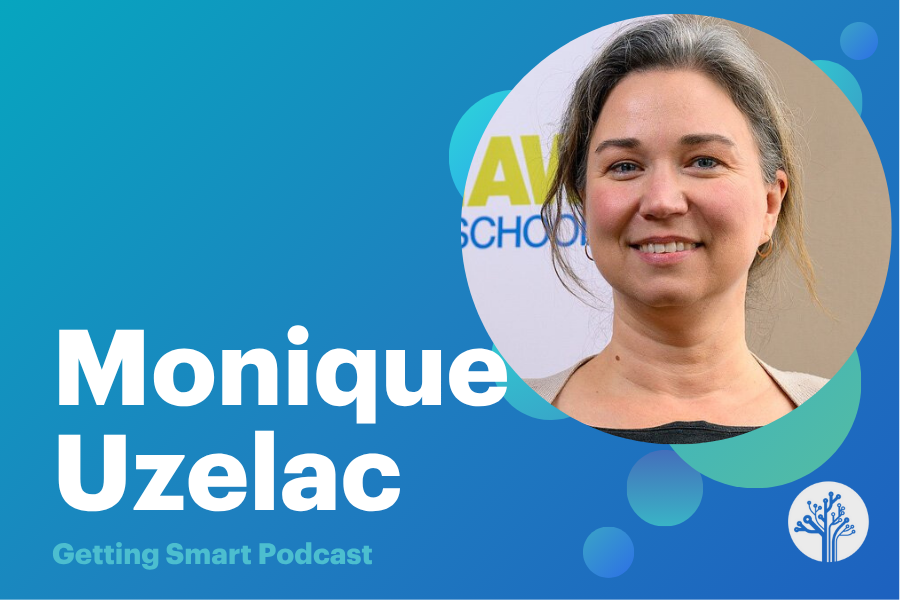
In this episode of the Getting Smart Podcast, Nate McClennen and Monique Uzelac, the Executive Director of the Washtenaw Educational Options Consortium in Michigan explore the innovative approach to educational choice within the consortium, discussing how it offers diverse programs like competency-based learning and early college opportunities. Monique shares insights into the consortium’s collaborative efforts with multiple districts to enhance student outcomes and meet varied educational needs. The discussion also delves into the challenges and successes of maintaining a nimble yet established educational model, the significance of belonging and relationships amidst technological advancements, and future visions for expanding career and technology education. This episode is a deep dive into how learning ecosystems can provide students with personalized, relevant educational experiences, ensuring every learner’s success.
Outline
- (00:00) Introduction to the Podcast
- (03:27) Monique’s Most Engaging Learning Experience
- (05:03) Professional Learning and Trauma-Informed Practices
- (06:48) Overview of Washtenaw County
- (08:41) Programs Offered by the Consortium
- (20:43) Challenges and Sustainability
- (27:12) Future Visions and AI in Education
Introduction to the Podcast
Nate McClennen: Welcome, everyone. You’re listening to the Getting Smart podcast, and I’m Nate McClennen. We’re excited today to talk about part of our larger innovation framework around learning ecosystems. This is the “where” of learning concerning scheduling, facilities, community partnership, and choices regarding where students can go to school in a particular community. They might be part of a network, or it might be virtual. This learning ecosystem concept is really important when thinking about creating opportunities for every student. At Getting Smart, we believe that choice is good in many ways, as long as it’s accessible to all students. That’s a critical piece because it helps move learning models towards more personalized and relevant experiences, meeting the needs of every student so that they’re engaged and reach their desired outcomes. When we wrote about unbundling, we identified four different layers of choice in educational institutions.
One is at the teacher classroom level, which might involve curriculum, teaching, or assessment, where it’s under the control of a teacher making choices to differentiate for their students. The second, which has become more common over the last 30 years, is course choice. This has been accelerated by virtual courses and early college courses, enabling students to earn credit for experiences. For example, in North Dakota and New Hampshire, students can do an out-of-school experience and get credit for it in school.
We have curriculum and course choice, and then school choice, which has proliferated around the country. You have ESAs, charter schools, magnet schools, academies, micro school models, open boundary schools, and private schools. All these are choices at the school level. Today, we’re going to dive more into a unique opportunity for students in Michigan. We have curriculum, course, school, and finally, which is not yet fully realized, ecosystem choice. This imagines a learner choosing any learning experience they want, stacking those experiences to earn credit and eventually graduate.
When we think about learning ecosystems, we think about choices within curriculum, course, school, and ecosystem. I’m always looking for interesting examples and happened to meet Monique Uzelac, the Executive Director of the Washtenaw Educational Options Consortium in Michigan. I met her through our partnership with the Future of Learning Council, a group of about 70 districts and ISDs in Michigan implementing next-generation models to increase outcomes for all students. I’m super excited to have Monique on the pod with us today, so welcome, and we’re excited that you’re here.
Monique Uzelac: Thank you. It’s nice to be here. I appreciate you inviting us.
Nate McClennen: Great. We’re going to dive right in with my favorite question I ask anyone I interview.
Monique’s Most Engaging Learning Experience
Nate McClennen: What was your most engaging learning experience?
Monique Uzelac: This one’s a bit hard for me because I was one of those kids who just loved learning. I could nerd out in class or grab a book from the library. I always had my nose in a book. I didn’t know “hyperlexia” was a term then, but it probably described me as a child. If I had to pick, I’d say it was some summer programs where there was a mix of academic and social elements. One year I was working on writing, and another year I was going through an algebra course, but it was with a small group of other students. We developed strong relationships, with people I’m still friends with today. It was the like-mindedness and the fact that I was in the company of folks with the same level of excitement about learning. There wasn’t any pressure to be anyone other than yourself, and that true acceptance and belonging were significant components of that learning experience for me.
Nate McClennen: It seems like it often goes back to the favorite teacher model. People frequently reminisce about teachers they had good relationships with, even if they didn’t like the subject area. They felt like they belonged, were safe to explore, and be themselves. I appreciate that.
Professional Learning and Trauma-Informed Practices
Nate McClennen: Let’s pivot to professional learning you have completed. Does this transfer over to professional learning as well? Think about adulthood. What about the same question for that?
Monique Uzelac: When I was the director of one of our school programs within WOC, the Washtenaw Educational Options Consortium, we served a broad range of students. Many at WAVE had significant trauma histories or barriers to overcome. There was a moment when we were asked for help from another program, and I had this reaction: “Why are you asking for help? Your kids are fine.” That wasn’t like me, so I did some exploration and brought in professional development on secondary trauma. This built into trauma-informed behavioral therapy training for every staff member. It was powerful because it shifted how staff supported themselves and one another, as well as the students, with practical tools to help kids work through barriers.
Nate McClennen: I’m a big supporter of trauma-informed practices and addressing ACEs (adverse childhood events). Many young people, unfortunately, are exposed to these experiences.
Overview of Washtenaw County
Nate McClennen: Let’s talk about Michigan and Washtenaw County. Give us an overview. What’s it like there?
Monique Uzelac: Washtenaw County is in southeast Michigan, about 700 square miles, with 27 cities, villages, and townships, and just under 400,000 people. It ranges from urban to suburban to rural areas. The two largest cities are Ann Arbor and Ypsilanti, which are two of our partnering districts. We partner with nine districts and our intermediate school district. The mix of different settings is neat because our programs serve all nine districts, bringing diversity and variation in student experiences. Our local districts have had a strong commitment to collaboration, making these options possible because they want to extend options for students and families within public school districts.
Nate McClennen: That’s amazing. That was one of the things that struck me when we met, the idea of strong collaboration to provide more options among many districts plus the ISD. Let’s dive into what exactly it is because the website has a lot of acronyms. For someone who doesn’t understand this ecosystem, what choices are you providing?
Programs Offered by the Consortium
Monique Uzelac: We offer Washtenaw International High School, Washtenaw International Middle Academy, which are IB-authorized World School programs with an MYP program and a diploma program. There’s the Early College Alliance at Eastern Michigan University, an early college program located on the campus of Eastern Michigan University, a four-year state university. Eastern Michigan has been a wonderful partner. Then there’s WAVE, originally the Washtenaw Alliance for Virtual Education, though “virtual” is a bit of a misnomer as there’s a large in-person component. It’s an alternative program that runs year-round and is alternative in every sense, offering choice at the curriculum level, course level, and in-school versus out-of-school learning. All programs serve distinct needs, and students can remain tied to their local district for co-curriculars not offered at the school program and graduate with their local district peers.
Nate McClennen: That’s amazing. From a selection process, is it an application or lottery?
Monique Uzelac: It’s been fluid where student numbers come from, but students apply at different times. WAVE accepts applications year-round, ECA towards the beginning of the year, and earlier for the international high school. There’s a lottery if there are more applicants than seats.
Nate McClennen: We’re thinking about the supply side and the demand side of education innovation. You’re tackling the supply side by offering these four different programs in a consortium model. Do you have a sense of whether it’s right-sized now, or is there appetite for more options?
Monique Uzelac: Over the years, there’s been interest in accepting middle schoolers. In 2023, WAVE was awarded a New School Venture Fund planning grant to open a middle school, which started last year. We’re in the second year now, with about 20 students in seventh and eighth grade. The county is also pursuing a CTE millage to support more access to career and technology education programs county-wide, working with community partnerships to provide opportunities for students.
Nate McClennen: Great. In terms of actual physical location, is everything co-located, or are they in different facilities?
Monique Uzelac: They’re all in different facilities. The International High School and Middle Academy rent space from Ypsilanti Community Schools, while WAVE rents from a private landlord. It shares a building with an ISD young adult classroom and urgent care, which has been useful on occasion.
Nate McClennen: How does the funding work? Is it per pupil allocation based on enrollment?
Monique Uzelac: Yes, the State Foundation allowance follows the student to the program, with 95% following the student and districts keeping 5%. None of the federal categoricals follow the students. Special education services follow students to the programs, and we’ve partnered with our intermediate school district to contract for the necessary staff, billing the services back to the districts in addition to the foundation allowance.
Nate McClennen: Your role as an executive director covers many things. How does governance work?
Monique Uzelac: The superintendents of each participating district, or occasionally their designees, function as our board. They meet monthly, approving budgets, hiring, etc. I’m fortunate to report to a board full of experienced educators.
Nate McClennen: Were you involved in the early founding stages?
Monique Uzelac: Yes. The programs started at different times and under their own agreements. I was involved in proposing to start WAVE in the 2009-2010 school year. Our proposal was accepted, and we began in 2010. ECA started around 2007, driven by the county’s loss of a major national company due to the absence of an IB school. In 2013, we rewrote the consortium agreement to be modular and absorbed the other programs under one. The Washtenaw International Middle Academy started in 2018, and in 2023, we opened the middle school with WAVE.
Nate McClennen: The early college is co-located on the Eastern Michigan campus. Is that 100% of the student time?
Monique Uzelac: Yes, it’s 100% of the student time, running from grades 9 through 12. The ninth-grade academy has high school classes on campus, taught by ECA teachers. When students show readiness, both academically and with soft skills like regular attendance and asking for help, they can take college courses.
Nate McClennen: How many students are enrolled?
Monique Uzelac: 510 students are enrolled in ECA. Those who continue at Eastern Michigan have the highest completion rate of any student group.
Nate McClennen: That data point is interesting. It must be due to the strong preparation in your program. Many high schools have dual credit, but few have strong co-located early colleges. I’m impressed with what you’ve built. Let’s talk challenges. What barriers have you faced in bringing this to fruition?
Shorts Content
Challenges and Sustainability
Monique Uzelac: There are challenges in sustaining innovation as programs transition from startup mentality to established entities. This involves putting systems in place that new staff need, as most of our districts already have them. Leadership transitions are also a challenge. All programs are on their second principal, and I’m the second executive director. There have been over 30 superintendent transitions, so continuously telling the story to new community partners, board members, and families is vital. We must always be explaining what this is, why it’s important, and the value proposition to families to ensure they see the importance of choosing public districts.
Nate McClennen: The transition from startup to established is a significant challenge. We want schools to maintain nimbleness but also gain formality as they grow. You have to reeducate new superintendents and parents, focusing on demand for people to send their children to the schools. As an aside, is WAVE still competency-based?
Competency-Based Education at WAVE
Monique Uzelac: Yes, it’s 100% competency-based, a mix of competency and standards-based, as every competency-based system is. After age 20 in Michigan, high schools are generally not time-centric. If it takes two years for a student to complete Algebra 1, they continue until it’s finished. Students can accelerate through easier subjects. WAVE has developed community partnerships to recognize learning outside school, allowing students to show evidence of meeting standards and competencies through various means like videos or papers.
Nate McClennen: What’s the facilitation like? Is it through a virtual learning platform?
Monique Uzelac: There’s a broad range. Courses are built in the learning management system, Headrush. Students can work through courses in Headrush or attend face-to-face courses meeting once or twice a week. They submit evidence through Headrush to show they’ve met requirements. Students can also develop their own pathways, similar to an independent study.
Nate McClennen: I’m fascinated by systems like yours that work. It’s rare to see a full-fledged competency-based system. Two more questions to finish off. What’s next on the horizon? Any dreams or visions?
Future Visions and AI in Education
Monique Uzelac: We’re interested in work-based and career tech education opportunities and supporting ninth graders in the early college program. I’m focused on refining these areas while remaining open to new needs and opportunities. It’s essential to listen to emerging needs and see if the consortium can support them or continue supporting existing programs.
Nate McClennen: Listening is crucial for leaders. What’s exciting for you in education right now?
Monique Uzelac: Balancing belonging and relationships with the rise of AI and new tech is exciting. Ensuring intentional instruction about human components is vital. Our programs prioritize putting the student at the center and understanding them as whole people. I want that to continue as we use technology to help students reach the next point in their lives.
Nate McClennen: In the age of AI, where things will appear to get easier for young people, we must ensure they know how to build communities and work together. AI may be a co-pilot, but if we give away all permissions and agency, there are challenges. The technology is moving fast, and it’s exciting. Thank you, Monique. This has been awesome. We’ve learned a lot about the unique consortium model and collaboration, the strong community need response, the shift from startup to established, the sense of belonging versus AI, and the demand built in the learning ecosystem. I’m impressed with the 500 early college students on campus, the competency-based WAVE approach, and the IB schools. Thank you again, and I hope we continue this conversation.
Monique Uzelac: Thanks so much, Nate.
Guest Bio
Monique Uzelac
Monique Uzelac is the Executive Director of the Washtenaw Educational Options Consortium (WEOC), a collaboration among all Washtenaw County School Districts to provide secondary school options for families within the offerings of their traditional public school system. Her passion is providing innovative means for access to information and education for those who have been traditionally underserved. Prior to this role. Monique was the Director for WAVE, one of the school programs within the WEOC collaboration. Monique has also held the position as Director of Instructional Technology for Ann Arbor Public Schools, where she oversaw technology planning and the launch of enterprise information and software systems in support of instruction and school management. Additional interests include social justice, teacher-powered and student-centered school leadership, education policy, and technology integration at all levels of education
Links
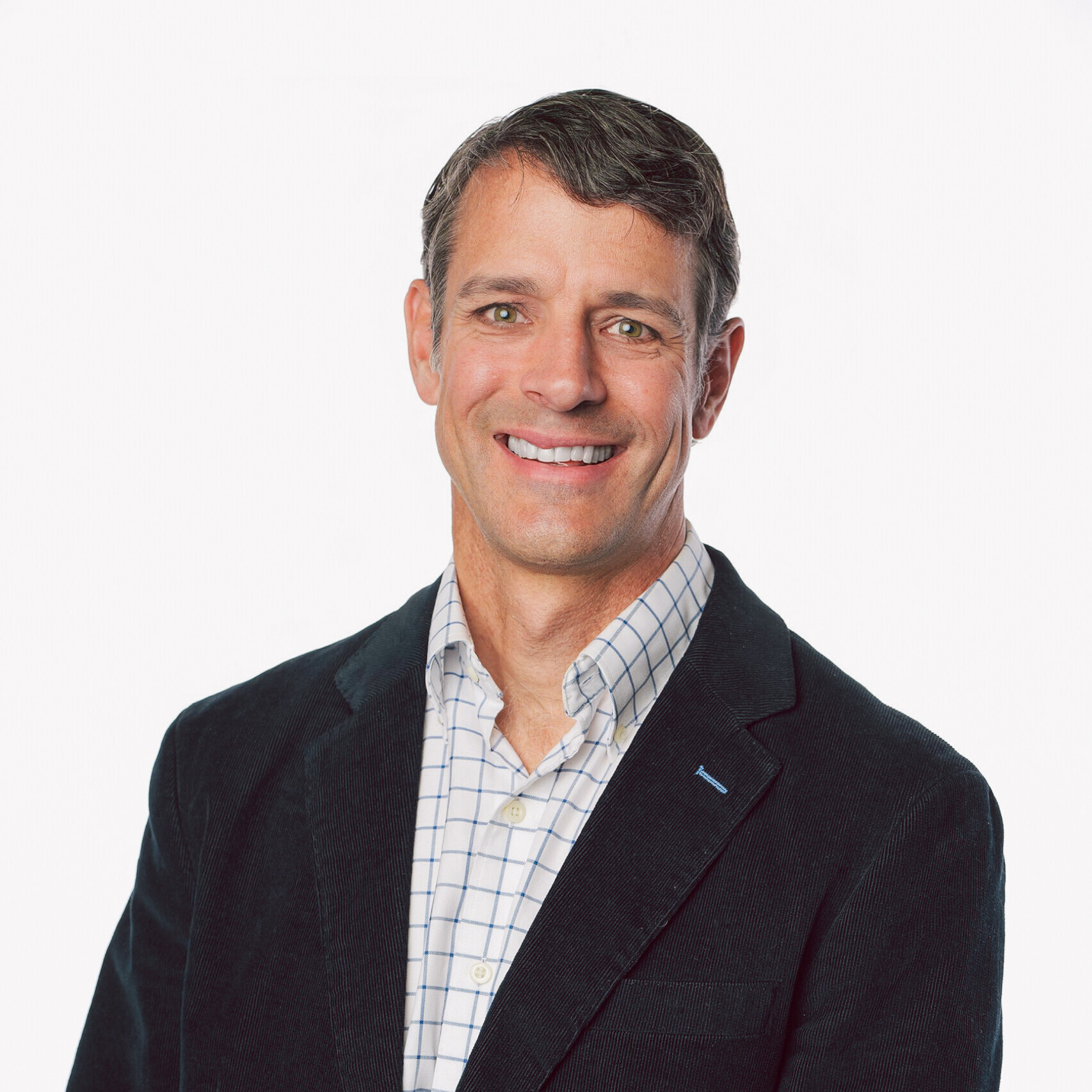



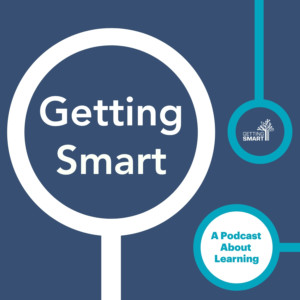

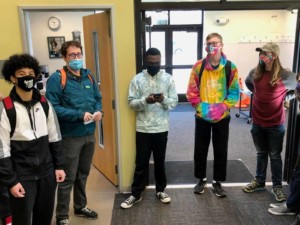
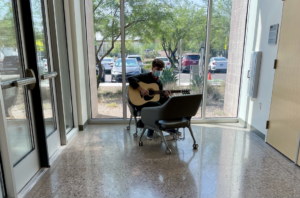
0 Comments
Leave a Comment
Your email address will not be published. All fields are required.